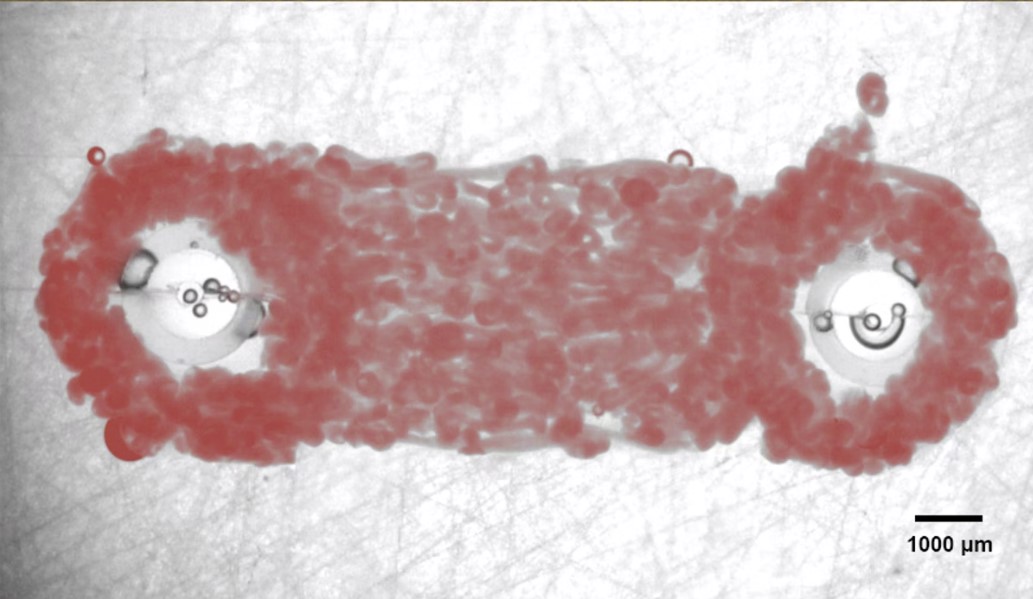Harvard's Wyss Institute scientists 3D-printed a functional piece of a heart

Scientists have 3D-printed hearts made of silicone and even a person's own cells, but they haven't come close to matching the real thing's full functionality and aren't much use for repairing hearts. However, there has been some advancement in this area, as a team at Harvard's Wyss Institute discovered a method for 3D-printing long cardiac macrofilaments that develop into muscle-like filaments that contract. The new approach recapitulates the intricate alignment of heart contracting elements (a tough accomplishment thus far) while also producing tissue thick enough to be utilized in regenerative heart therapies.

The new technology is derived from Wyss' existing SWIFT (Sacrificial Writing in Functional Tissue) bioprinting technique. Their method built a platform with 1,050 wells, each containing two tiny pillars. Human-induced pluripotent stem cells (that is, young cells capable of developing into many kinds) were used to fill the wells, as well as a protein collagen and the cells that produced connective tissue. The three-dimensional printing process aligns the tissue that develops from the combination of these components. The researchers then remove the resulting organ building blocks from the pillars, use them to fabricate a bioprinting ink, and utilize the 3D printer head's motion to aid further alignment.
This is only a tiny part of the heart. Despite the fact that technology generates a high volume of output, there is still much more research to be done before a fully functioning, 3D-printed organic heart is established. The research team thinks their study may still be beneficial many months before it reaches the whole-heart milestone. The 3D printed filaments might be used to supplant scars caused by a heart attack or to construct better disease models. They could even patch holes in newborns with birth defects of the heart and would develop alongside those children. Simply put, a damaged heart today isn't always a fatal condition.
Source: www.engadget.com